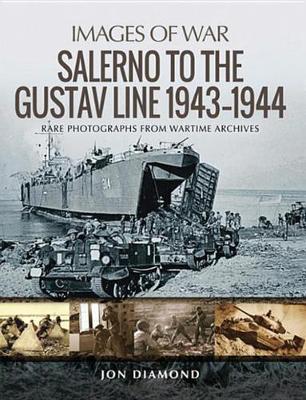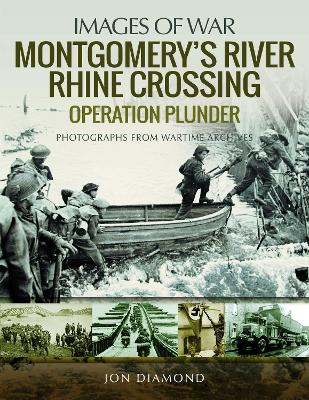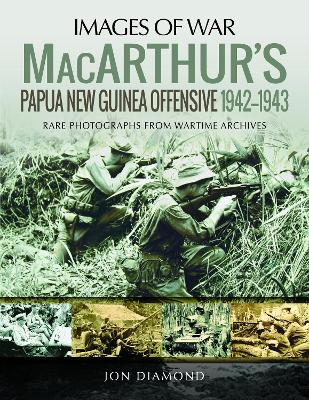Images of War
16 total works
With both sides aware of the strategic significance of this physical barrier the stakes could not have been higher. Eisenhower's plan involved a vast airborne assault by General Ridgway's XV11 Airborne Corps (codename VARSITY) and the simultaneously coordinated river crossing by Monty's 21 Army Group codename PLUNDER with Dempsey's British Second Army and General William H. Simpson's US Ninth Army.
This superbly illustrated and researched book describes the March 1945 assault crossing involving naval amphibious craft, the air and artillery bombardment and diversionary attack by the British 1st Commando brigade at Wesel. In concert with VARSITY and PLUNDER, Patton's US Third Army Group crossed further south.
As a result of this triumph of strategic planning and tactical execution, the fate of Hitler's Thousand Year Reich' was finally sealed.
Thanks to the hasty deployment of Australian militiamen and veteran Imperial Force troops the Japanese were halted at Ioribaiwa Ridge just 27 miles from Port Moresby.
MacArthur's priority was to regain Northeast New Guinea and New Britain. The capture of airfields at Buna and re-occupation of Gona and Sanananda Point were pre-requisites. The Allied offensive opened on 16 November 1942 with Australian infantrymen and light tanks alongside the US 32nd Infantry Division.
Overcoming the Japanese and the inhospitable terrain in tropical conditions proved the toughest of challenges. It remains an achievement of the highest order that the campaign ended successfully on 22 January 1943. This account with its clear text and superb imagery is a worthy tribute to those who fought and, all too often, died there.
While Angaur fell in four days, on Peleliu the Japanese resisted tenaciously using their underground fortifications on the Umurbrogel Ridge overlooking the airfield. It was only after over two months' bitter fighting that the Americans finally controlled the Island. Despite the heavy cost, the benefits of this hard fought and costly victory were doubtful. In the event, Mindanao and other Southern Philippine Islands were bypassed by MacArthur in favour of a direct assault on Leyte on 20 October. But, as the graphic images and well researched text bear witness, there is no denying the courage and determination shown by the attacking US forces.










